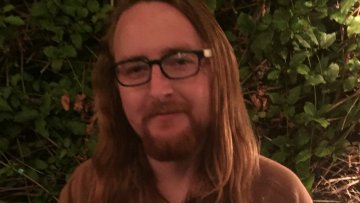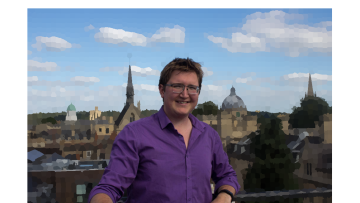Oxford Mathematicians Richard Wade and Erik Panzer have been awarded Royal Society University Research Fellowships for 2020. The Research Fellowship scheme was established to identify outstanding early career scientists who have the potential to become leaders in their chosen fields and provide them with the opportunity to build an independent research career.
You are an Ipswich Town fan, so you need some fantasy in your life (they are not very good just now for those of you who are not football fans). Oxford Mathematician Josh Bull is an Ipswich fan. So he entered the Fantasy Football Premier League along with 8 million others, some of whom might even have been mathematicians.
Result? He won.
An Introduction to Dixmier-Douady theory
Part of UK virtual operator algebra seminar
Abstract
A bundle of C*-algebras is a collection of algebras continuously parametrised by a topological space. There are (at least) two different definitions in operator algebras that make this intuition precise: Continuous C(X)-algebras provide a flexible analytic point of view, while locally trivial C*-algebra bundles allow a classification via homotopy theory. The section algebra of a bundle in the topological sense is a C(X)-algebra, but the converse is not true. In this talk I will compare these two notions using the classical work of Dixmier and Douady on bundles with fibres isomorphic to the compacts as a guideline. I will then explain joint work with Marius Dadarlat, in which we showed that the theorems of Dixmier and Douady can be generalized to bundles with fibers isomorphic to stabilized strongly self-absorbing C*-algebras. An important feature of the theory is the appearance of higher analogues of the Dixmier-Douady class.



